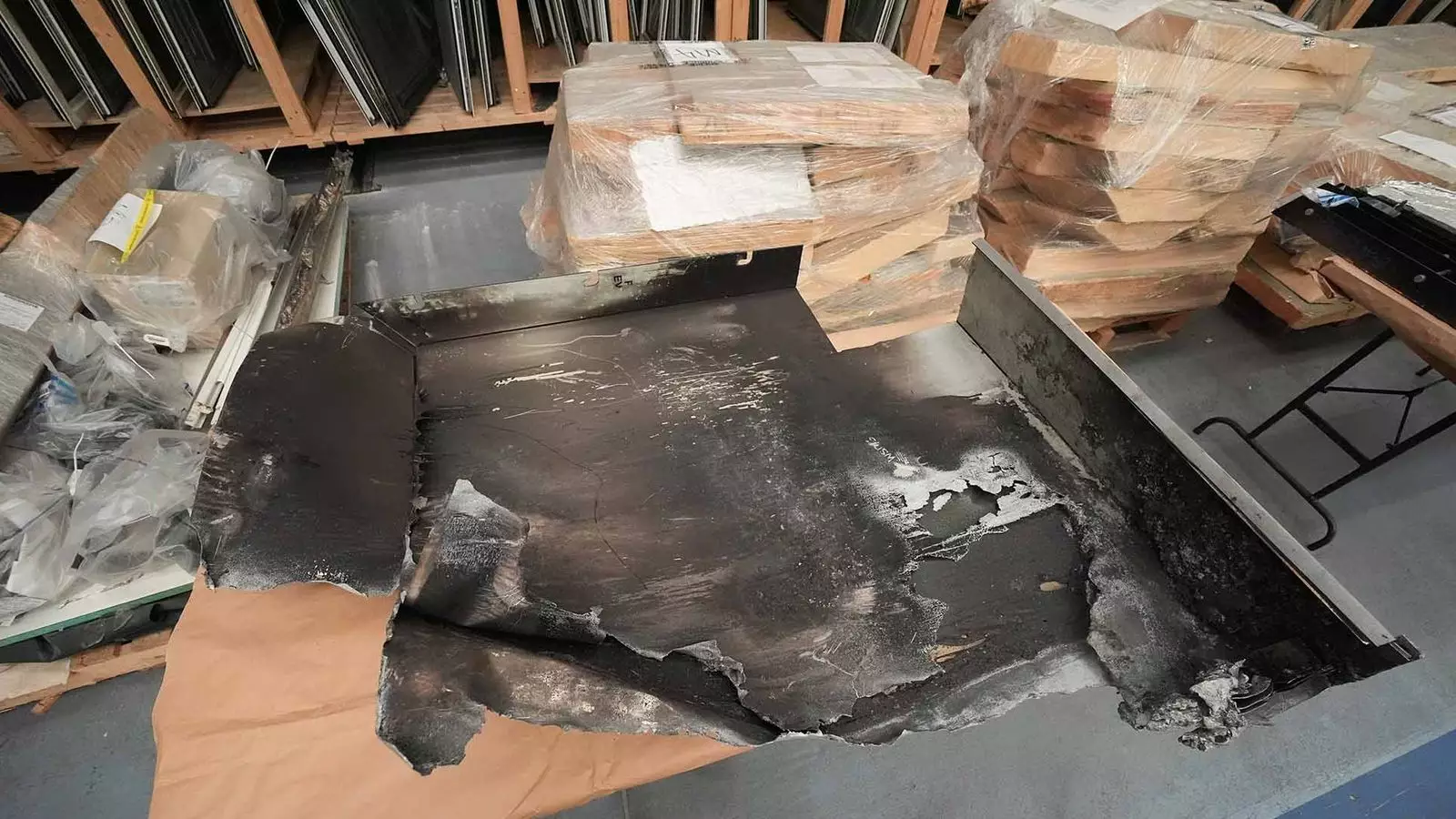The fallout from the cladding crisis in the UK remains a pressing issue, with a staggering number of buildings still at risk. Estimates suggest that around 9,000 to 12,000 buildings require urgent remediation due to dangerous cladding materials, a situation that could incur a financial burden of roughly £16 billion. Alarmingly, the National Audit Office (NAO) has revealed that over 7,200 buildings have not yet been identified, fostering fears that some may never be addressed. This ineffectiveness not only puts countless residents in jeopardy but also prolongs their anxiety over safety and financial instability.
Despite the passage of the Building Safety Act 2022—which was intended to alleviate remediation costs for most leaseholders—many individuals find themselves grappling with escalating service charges driven by increased insurance premiums. As highlighted in the NAO report, these fees, coupled with the ongoing inability to secure mortgages or relocate homes, place immense emotional and financial strain on residents. Furthermore, the additional expense of “waking watches,” where personnel patrol buildings awaiting cladding removal, adds an average of £104 per month to household costs. Such burdens are untenable in a landscape that was already challenging for many.
Seven years have passed since the Grenfell Tower tragedy, which claimed 72 lives and exposed the dire need for reform in building safety standards. Despite the urgency that this disaster invoked, campaigners have continuously lambasted the sluggish pace of remediation efforts. Of the 4,821 buildings currently recognized as needing urgent work, a mere half have made any progress toward remediation. The NAO has articulated that the Department of Housing, Communities, and Local Government (MHCLG) is struggling to meet its pace expectations, which raises serious concerns about accountability and the effectiveness of ongoing efforts in this arena.
Challenges Ahead and the Financial Burden
The NAO report is not merely a commentary on the current state of affairs; it serves as a stern warning regarding the ambitious goal set for 2035 for completing cladding remediation. This timeline is fraught with challenges, which must be addressed to avoid prolonging the plight of those affected. Additionally, the responsibility for financial contributions toward remediation costs rests heavily on building developers, whose obligations are set to be enforced through a new levy next autumn. While this attempt to mitigate taxpayer costs is commendable, the risk of disputes arising and causing further delays remains real.
A Call for Immediate and Decisive Action
The specter of the cladding crisis looms larger with every passing day, and the inaction of those responsible is unacceptable. Consideration must be given to proactive measures to expedite remediation efforts and respond to the urgent needs of residents living under the threat of fire. Only by collectively pushing for transparent accountability, swift development, and financial remediation can we hope to ensure the safety and well-being of those still grappling with the repercussions of the Grenfell tragedy and similar situations. The time for decisive action is now—before more lives are put at risk.

Leave a Reply